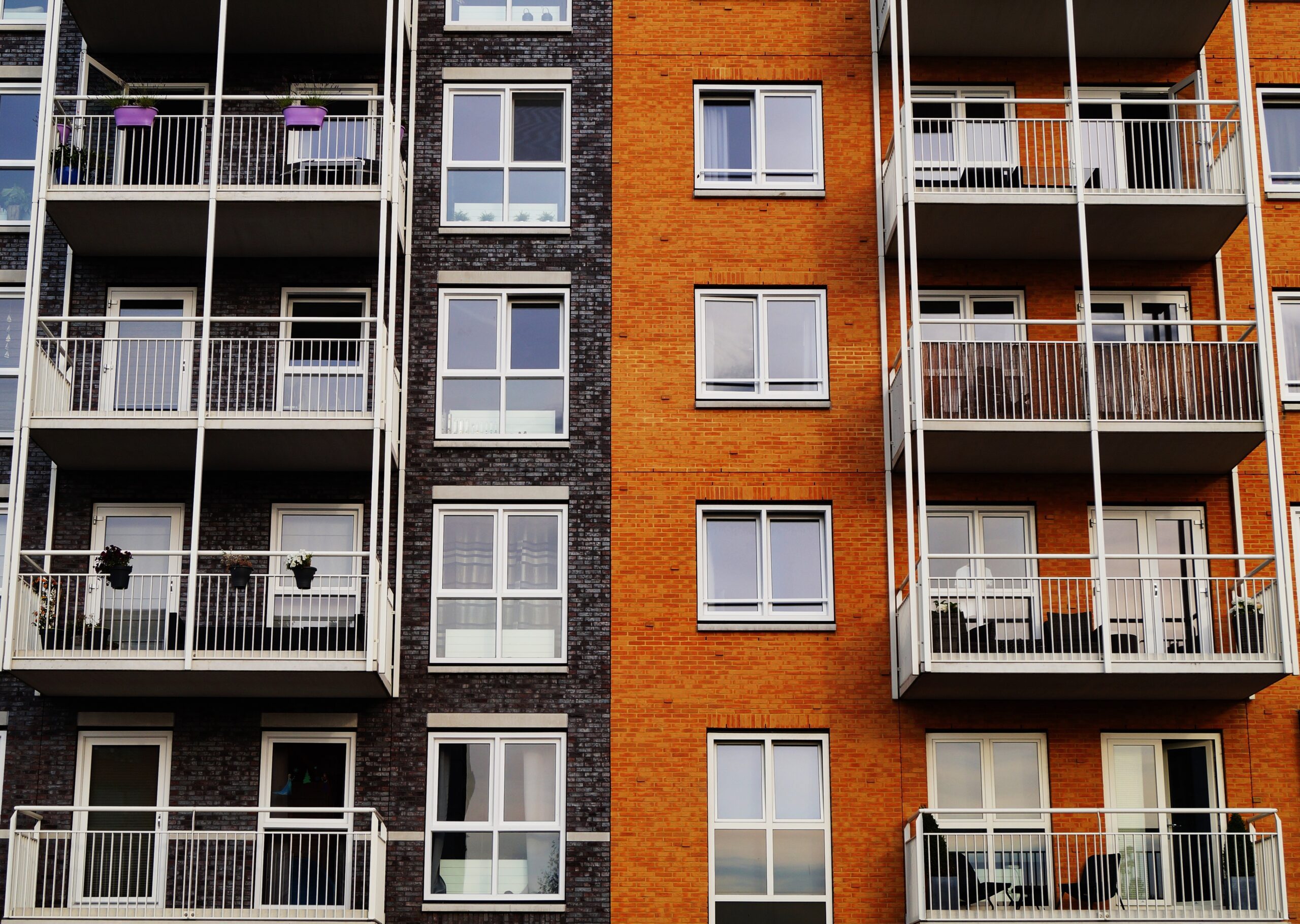Remote work became necessary during the global pandemic and continues to impact the commercial real estate industry. Tenants are looking for different options than they were a few years ago, and commercial property owners are learning to navigate the new normal.
Here are a few trends to be aware of as working from home increases in popularity.
Digital Nomads
A digital nomad refers to employees who work remotely and use the flexibility to travel to and live in different locations throughout the year. This trend has broadened the demand for short-term rentals and more flexible lease agreements as workers choose to leave expensive cities for other areas.
Co-Living
Co-living spaces typically have individual rooms for rent and shared amenities such as kitchens, living rooms, and working areas. As the cost of renting and purchasing has skyrocketed, co-living spaces have become much more popular.
With flexible and affordable lease terms, some remote workers have shifted away from renting traditional apartments and are choosing co-living as they explore new states and cities.
Work-from-Home Amenities
Working from home means people spend much more time in one location and aren’t experiencing the social aspects of in-person work. Tenants are increasingly determined to live in buildings or areas with amenities like gyms, pools, and common working spaces that make remote work feel less isolated.
Have Any Questions?
If you currently own or want to purchase or lease commercial real estate, it’s essential to understand the current market trends. Please contact Steve Longenecker at WeBrokerCORealEstate or 720-600-9513 if you have questions about the commercial real estate market in Longmont, CO, and our neighboring communities.


